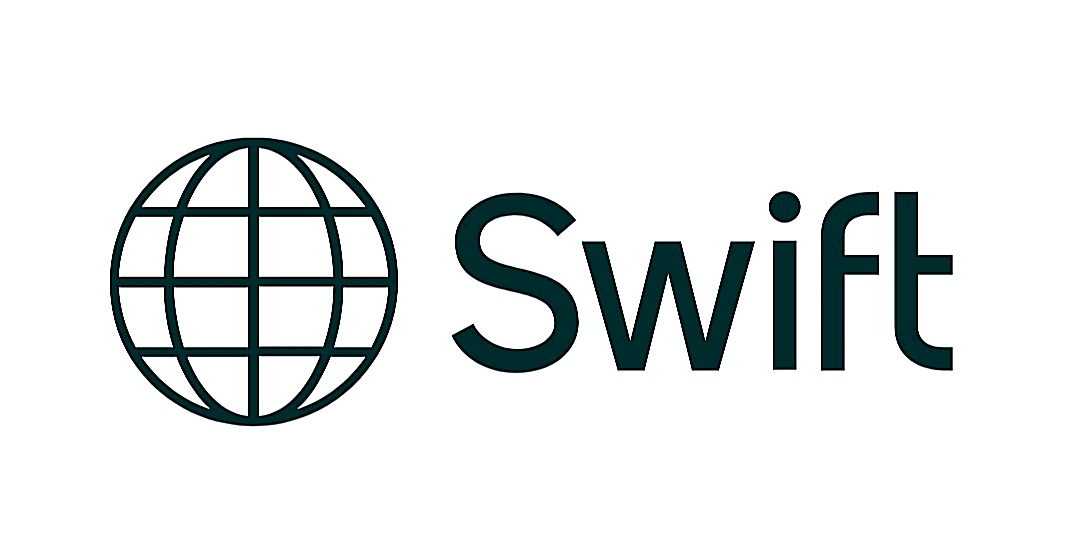Geology Objective Type Questions (Series – 3)
Q. 1. The seasonal contact in pressure
between sea and land gives rise to
(a). Westerly wind
(b). Trade wind
(c). Sea breeze
(d). Monsoon
Q. 2. Trade winds are strongest in
(a). Winter season
(b). Rainy season
(c). Summer season
(d). Spring season
Q. 3. When does the atmosphere get
heated up the maximum?
(a). At noon
(b). After midday
(c). In the forenoon
(d). In the evening
Q. 4. Nitrogen helps in,
(a). Allowing the rain to come
(b). Controlling pressure
(c). Population control
(d). Controlling burning
Q. 5. The process by which water vapour
changes into water is called,
(a). Condensation
(b). Vapourization
(c). Evaporation
(d). Sublimation
Q. 6. Maximum seasonal contrasts occur
in ................ regions.
(a). Polar
(b). Temperature
(c). Equatorial
(d). Tropical
Q. 7. Fog is a,
(a). Cloud
(b). A cirrostratus cloud
(c). A low stratus cloud
(d). A dirty air
Q. 8. Which of the following is not a
variable constituent of the atmosphere?
(a). Water vapour
(b). Dust particles
(c). Nitrogen
(d). Carbon dioxide
Q. 9. What are clouds?
(a). Accumulated steam
(b). Falling rain
(c). Condensed moisture in the form of
very minute water drops and ice particles
(d). Accumulation of condensed water
Q. 10. Cirrcus is,
(a). A hail-bearing cloud
(b). A low cloud
(c). Accumulated vapour
(d). A high cloud
|
Answers
|
|
Q.
1 -
(d)
Q.
3 -
(b)
Q.
5 -
(a)
Q.
7 -
(c)
Q.
9 -
(c)
|
Q.
2 -
(a)
Q.
4 -
(d)
Q.
6 -
(d)
Q.
8 -
(c)
Q.10 - (d)
|
Powered
by




Comments
Post a Comment